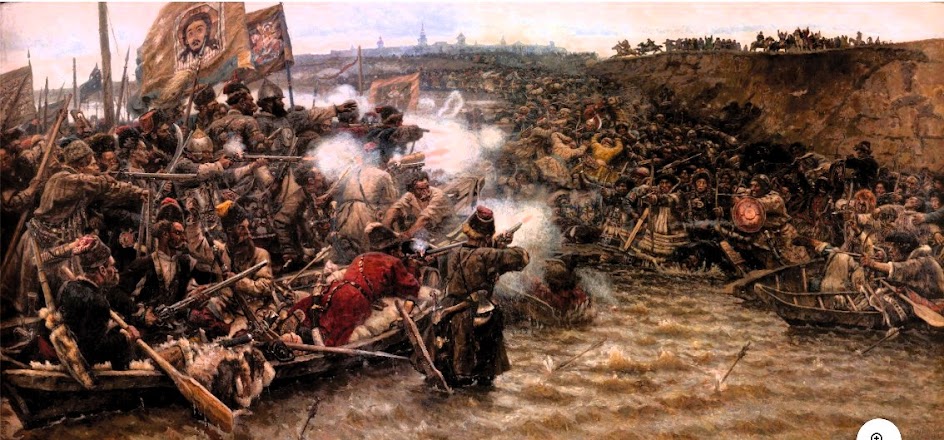Mahmoud Afifi (b. Alexandria, Egypt) graduated from the Faculty of Arts, 1940; thereafter in 1955 he obtained a diploma in Painting in Rome, Italy. Afifi was guided by the great mentor Hamed Said, who made him join his well known Art Assembly in 1946. Their mission was to go back to the origins and blend with nature. The uniqueness about Afifi’s work is the strong, solid and thick black lines he uses to define the figures, which is known as the “Hard Edge” style.
The legend George Rouault (1871 – 1951) used the same technique thus we call Afifi the “Egyptian Rouault”. Afifi added up about twenty years of experience by working at Al Ghoury Agency till he became the director of the handcrafts Divisions and directed the Society of Al Ghoury Artists after the death of its founder the late sculptor Abdel Hamid Hamdy.
The pulse pf life of the Egyptian people can be noticed in Afifi’s paintings such as romance, family, and recent historical wars. The political events in Egypt were particularly capturing their mind. Thus he went into a phase where he passionately started to symbolize the battles on his canvas where he daringly painted the Egyptian alliance against the enemy such as in the Salah El Din battle and the Rashid battle.
Another phase was sports which started after his participation in the Spain Biennale in the 1960s. The art of Afifi sometimes gives the illusion of joint glass windows while his expressional paintings are full of shape and distinct with grace and proficiency. More on Mahmoud Afifi
Please visit my other blogs: Art Collector, Mythology, Marine Art, Portrait of a Lady, The Orientalist, Art of the Nude and The Canals of Venice, Middle East Artists, 365 Saints, 365 Days, and Biblical Icons, also visit my Boards on Pinterest
Images are copyright of their respective owners, assignees or others. Some Images may be subject to copyright
I don't own any of these images - credit is always given when due unless it is unknown to me. if I post your images without your permission, please tell me.
I do not sell art, art prints, framed posters or reproductions. Ads are shown only to compensate the hosting expenses.
If you enjoyed this post, please share with friends and family.
Thank you for visiting my blog and also for liking its posts and pages.
Please note that the content of this post primarily consists of articles available from Wikipedia or other free sources online.













%20I.jpg)
%20II.jpg)

